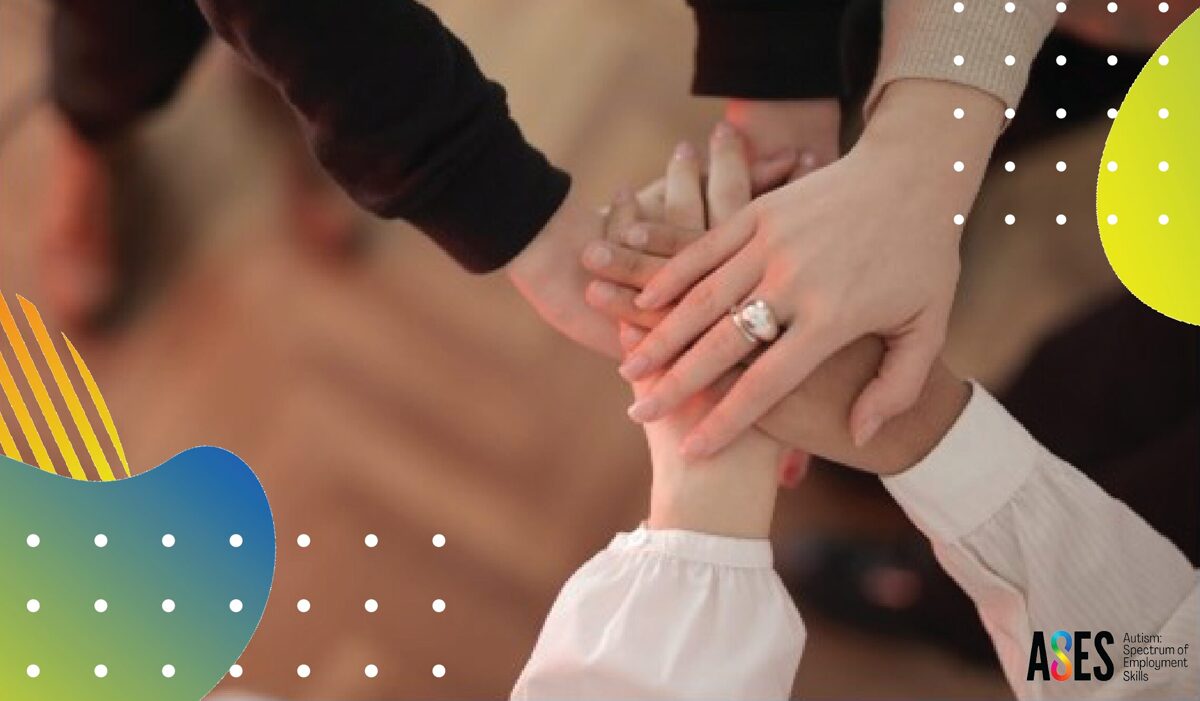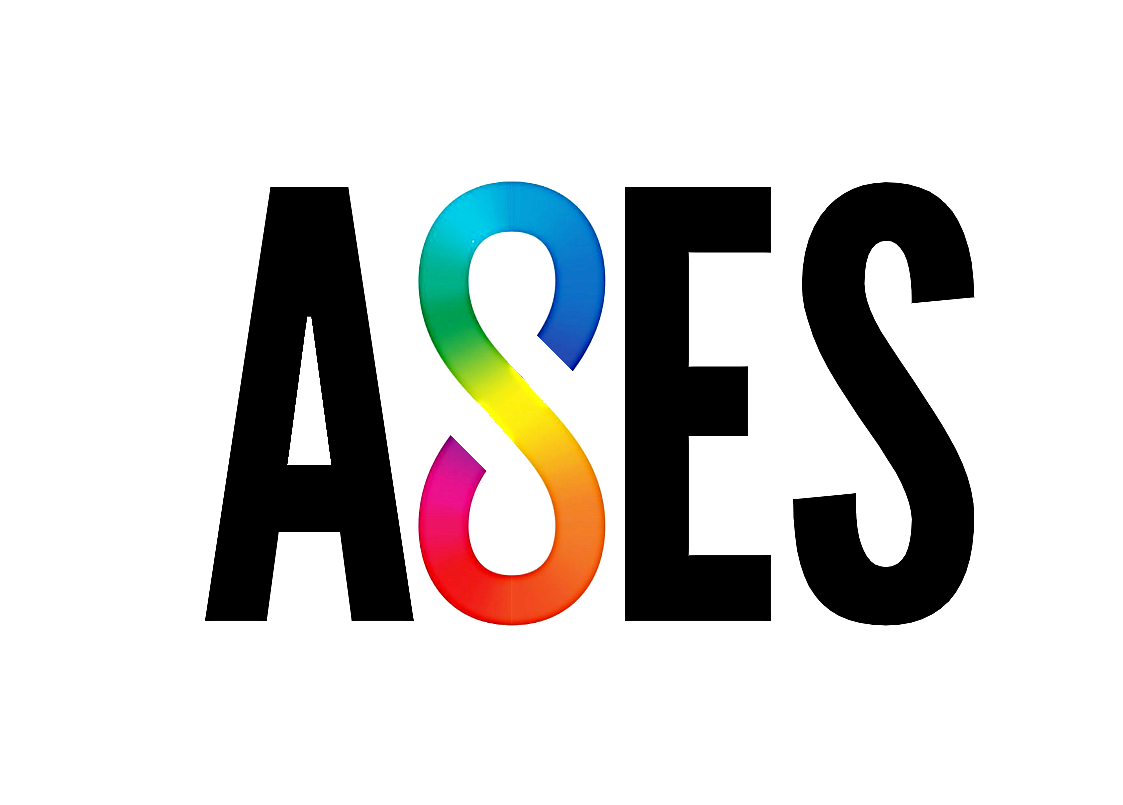Why do people with autism and other neurodivergent traits find it challenging to enter the job market?

There are several reasons for this. Firstly, many jobs prioritize generalists over specialists. Secondly, stereotypes about autists prevent employers from recognizing the valuable contributions they can actually offer. And thirdly, the fear of "being different" still plays a role in excluding autistic people and other neurodivergent individuals from opportunities.
Performance Appraisal of Staff with Autism: 3 Best Practices

To ensure that Staff with autism in their organisations perform to the highest possible degree, Employers can implement a set of Best Practices.
creating an inclusive work environment

Inclusive environments are the key for unlocking the power of human potential. Traditional workplaces can place autistic people at a disadvantage. In addition, the physical environment (e.g., lights, sounds, or noise), the intensity of social interaction, and the ambiguous and uncertain nature (e.g., no foreknowledge of tasks, ambiguous communication often using idioms) are just some of the potentially systematically disadvantageous factors for autistic people not only in the job interview process, but everyday in the workplace as well. We need to bear in mind physical, social, and attitudinal factors which can contribute to an individual’s success in the work environment.
Creating the scenarios for the ASES Project interactive game

Have you ever wondered why some of us is more attracted to movies, some - to interactive games? Usually it is about the experience we are willing to get out form the event. When we are designing the training courses we need to bear in mind how big involvement of audience do we want. The core of the experience usually is the story, but there is a big difference between story in a movie and in an interactive game.
Serious game on autism and employment
Towards an inclusive labour market
“Players are presented with bite-sized scenarios and can then focus on the topics they know too little about.”
As an employer or manager, how can you contribute to better inclusion of people with autism in the labor market? The European project Autism: Spectrum of Employment Skills revolves around this question. Within the consortium, we are developing a game that teaches managers how to make their job application process more accessible to candidates with ASD. Players also learn how to organize work and teams in such a way that people with autism can also flourish within the organization. The serious game is specifically designed for European SMEs.
Supported Employment

The term ‘Supported Employment’ refers to the aid
provided to people with mental or physical disabilities for the
purpose of job searching and securing competitive employment, while
receiving concurrent treatment. In the context of Supported
Employment, workers with disabilities are assisted throughout the
employment cycle in terms of securing accommodation, benefits,
socialisation and access to opportunities for advancing their
career.
A testimony of a 25-year-old autistic employed woman

Hi,
I am a 25-year-old young woman with autism.
I will share, in this short text, a little about my professional path.
Right now, I am employed, with a permanent employee contract, but it wasn't always like this. I did 7 internships in several different companies and only here I got my first permanent employee contract. Soon, I hope to have an indefinite contract, which will give me stability and security for my future.
Why do we need checklists in our workplace?

There are not that many ways how to guide yourself into an overwhelmingly busy world. Complexities that come into business world when managing the individual needs of our clients and colleagues need structure and organization. Checklists are very useful in our daily life, and they are a powerful tool in business.
How is autism perceived at work?

According to AutismTalkClub.com autism spectrum disorder affects communication and behaviour and is thought to affect 1-2% of people around the world, with diagnoses more common among males than females. However, there has been little large-scale research into its prevalence, and whether it differs with ethnicity.

